Introduction
While talking about the world of digital design, having the core difference of UX and UI design is essential to create the best user-oriented products and websites. These two elements though often taken the same are dealt with different requirements and abilities. Deep in the heart of subtle differences between UX and Provide UI design and the main contrasts.
User Experience (UX) Design
UX design focuses on enhancing user satisfaction and usability by improving the overall interaction between the user and the product. It encompasses a broad spectrum of factors, including user research, wireframing, prototyping, and usability testing. The primary goal of UX design is to create a seamless and intuitive experience that meets the user’s needs and expectations.
Key Elements of UX Design:
- User Research: Understanding the target audience’s behaviors, preferences, and pain points is essential for designing a successful user experience.
- Information Architecture: Organizing and structuring content in a way that facilitates navigation and accessibility.
- Wireframing and Prototyping: Creating low-fidelity wireframes and high-fidelity prototypes to visualize the user journey and gather feedback early in the design process.
- Usability Testing: Conducting tests to evaluate the effectiveness and efficiency of the design in meeting user goals.
User Interface (UI) Design
UI design is concerned with the visual aspects of the product and focuses on creating an aesthetically pleasing and intuitive interface. It involves designing the layout, typography, color scheme, and interactive elements to enhance the user’s interaction with the product. While UX design deals with the overall user experience, UI design is more about the look and feel of the interface.
Key Elements of UI Design:
- Visual Design: Designing of intuitive and visually consistent interfaces, that are an embodiment of the brand and promote positive user emotions.
- Typography and Iconography: Using fonts and icons that are chosen to improve readability and to show information clearly.
- Color Theory: The use of colors intuitively to create visual hierarchy, evoke emotions and improve usability in the graphical user interface.
- Responsive Design: Guaranteeing that the interface operates smoothly on any screen size and tool.
Key Differences Between UX and UI Design
While UX and UI design are closely related, they serve different purposes and require distinct skill sets.
- Focus and Purpose: UX design is directed to improve overall user experience andUI design is more interested in the presentation of the product.
- User Interaction vs. Interface Design: User Experience (UX) design deals with users interaction with the product whereas User Interface (UI) design emphasis on the interface elements.
- Skills and Tools: User research skills are a must for UX designers, as well as wireframing and usability testing. UI designers must be proficient in graphic design, typography, and visual communication, among other things.
- Collaboration: UX and UI designers are often working hand-in-hand with each other in the design process in order to guarantee that the final product fits the user experience and visual design objectives.
Importance in Web Development
The synergy between UX and UI design is critical in creating successful digital products and websites. A well-designed user experience can lead to increased user satisfaction, higher conversion rates, and improved brand loyalty. Similarly, a visually appealing interface can enhance the credibility of the product and differentiate it from competitors.
Challenges and Trends in UX/UI Design
In the age of changing technologies and increasing user’s expectations, UX/UI designer’s job becomes even more challenging because of overwhelming amount of new developments. Some common challenges include: She has a mouth full of very happy.
– Achieve the harmony between the aesthetics and function.
– Truly, some features that provide the accessibility for the persons with disabilities must be put into place.
– Integrating the latest design changes and also technological innovations.
Emerging trends in UX/UI design include:
– Voice user interfaces
– Augmented reality
– Inclusive design principles
Conclusion
And, in summary: UX and UI design services are the key parts of the web development which are different but at the same time synergistic disciplines that go hand in hand. UI design aims on improving the visual layout of the interface, while UX design is much more oriented to a better overall user experience. Through the use of UX and UI design differences, the concept and respectively their strong sides, designers will produce the digital products that are both usable and aesthetic.




